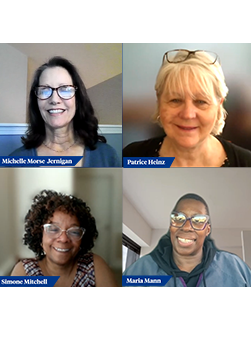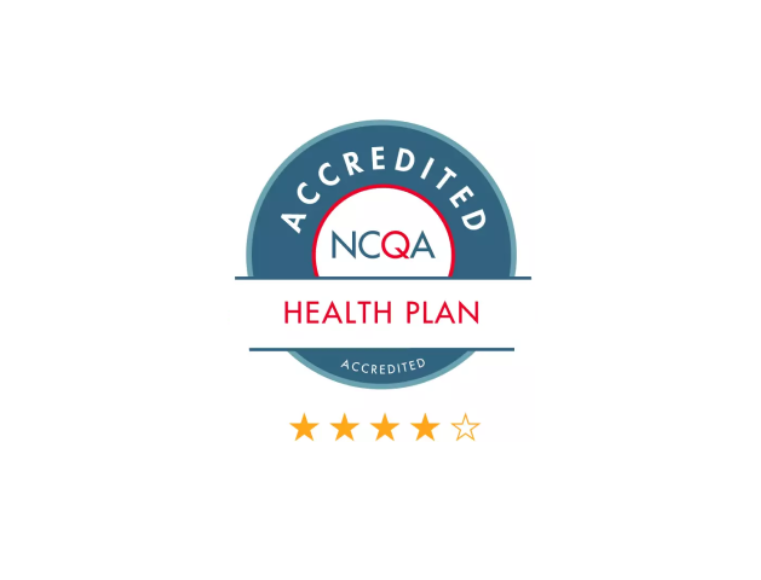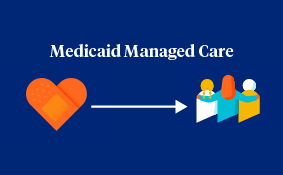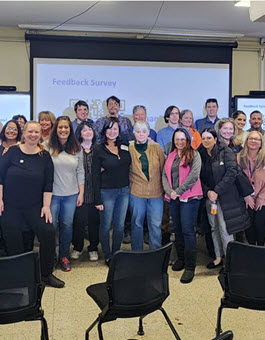Long-Term Services and Supports (LTSS) refer to a broad range of medical, functional and social services that are needed by individuals who have complex health needs due to aging, chronic illness or disability. Generally, LTSS help a person with activities of daily living (ADL) such as eating, bathing, dressing or walking, and instrumental activities of daily living (IADL) such as cooking, transportation and managing finances. These programs are administered either in nursing facilities or through Home- and Community-Based Services (HCBS).
Nursing facilities are what most people think of when they imagine visiting their grandparents in a “nursing home.” This care is provided in facilities where people permanently live and receive health services.
On the other hand, HCBS support people as they continue to live in their home or a setting of their choosing. Individuals who receive HCBS still make appointments and go to a medical facility for care, but they also receive wraparound services in their community or directly in their home. Certain home health services (e.g., wound care after surgery and certain therapies) are currently a mandatory benefit under Medicaid. However, HCBS is not a required benefit that states must provide in their Medicaid program.
The need for formalized HCBS
Approximately 14 million individuals need LTSS in the United States today. The vast majority of these individuals want to stay in their residence for as long as possible, making HCBS the more desirable choice for many individuals needing LTSS. HCBS also offer considerable cost savings for states, with nursing home care costs 73% greater than the cost of care in the community.
Today, states use more than 300 waivers to tailor their Medicaid programs to better meet the needs of their populations. Many of these waivers help people get the services they need to live independently at home. However, getting enrolled in these waivers is often an uphill battle. Today, more than 800,000 people are on wait lists for HCBS in the United States. Many of these people are living with intellectual and developmental disabilities (I/DD). In most cases, unpaid caregivers are filling a large care gap to provide care for these individuals.
Once someone qualifies and gets on a waiver, they often will not move out of state for fear of losing their eligibility or being put on a different state’s wait list. For many aging adults, falling off the waiver would require them to go into a nursing facility because they cannot live on their own without these additional supports.
The challenges of measuring HCBS care quality
Every state’s Medicaid program is unique. What one state includes in their waiver is different from the next state. Because every program is developed to meet the unique needs of its population, no two programs are the same, so measuring or comparing care quality can be difficult.
In measuring HCBS, we create comparisons as much as possible by looking at factors like reduced hospitalizations and access to necessary services. But the most important metric in HCBS is consumer satisfaction. In some respects, we can make a connection to “value for dollar spent” — when use of HCBS results in avoided ER visits, that’s good value. But we can’t put a dollar value on a person’s positive experience. And when eligibility and available services vary by state, trying to compare success and value is all the more difficult. As a managed care organization (MCO), we want to ensure positive health outcomes and life experiences for our members. That includes being a good steward of taxpayer dollars by providing the best care at the best cost.
In 2020, UnitedHealthcare Community & State completed 1.7K individual transitions from institutional care to communities. As care quality measures improve, we can help even more members receive this critical care in the setting that works best for them.











